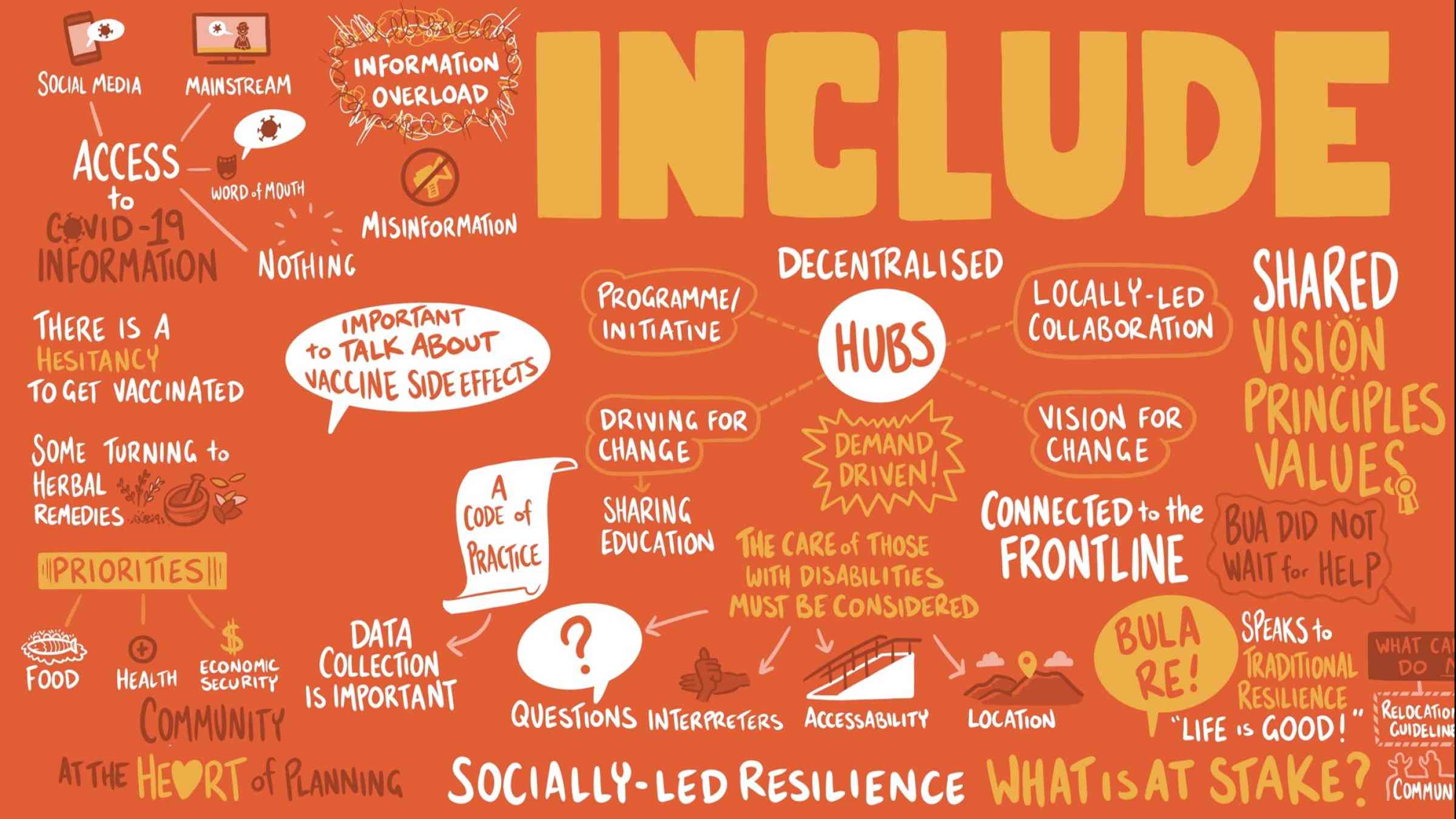Our people, Our journey: nurturing Pacific resilience from home

Suva – The second Pacific Resilience Meeting (PRM) has closed, focusing on discussion and recommendations around the Framework for Resilient Development in the Pacific (FRDP)’s ten Guiding Principles and three Goals which fall into four ‘standards’ for resilience; Integrate, Include, Inform, and Sustain.
The meeting, held virtually this time due to COVID-19 restrictions, convened under the theme: ‘Our People, Our Journey: Nurturing Pacific. Resilience from Home’, and reiterated the importance of individual and collective self-reliance, as well as a multi-dimensional partnership approach.
The role of youth to drive behavioural change was emphasized, and the necessity of monitoring and reporting on progress in the implementation of the Sendai Framework for Disaster Risk Reduction and the achievement of the Sustainable Development Goals 2030 was reconfirmed.
The three-day Pacific Resilience Meeting brought together around 1,000 participants and 150 speakers from government, regional organizations, civil society, private sector, academia and development partners. More than half of the speakers were women.
The Chairperson of the Pacific Resilience Partnership Taskforce, Mr. Engel Raygadas of French Polynesia, said that in these trying times, they have met to share, explore, and discuss ideas and best practices around building resilience in the Pacific.
He highlighted how the meeting has tried to address the four ‘standards’ for resilience; Integrate, Include, Inform, and Sustain:
“To integrate policy and practice in addressing climate change and disaster risk. In this, we recognised the challenges in integration but also reaffirmed our commitment to using integrated approaches as these ensure national to community level resilience.
“To include the whole of society with particular emphasis on the needs and rights of those in vulnerable situations including women, youth, children and people living with disabilities. In this, we recognise community knowledge and action enhance humanitarian response to crises.
“To inform resilience building through traditional knowledge and practices and the gathering and use of contemporary data, we noted the importance of easily understood, interpreted and communicated early warning and risk information in disaster preparation and ultimately in behavioural change.
“To sustain resilience building through incorporating ecosystem management, addressing root causes of vulnerability, strengthening preparedness and promoting low carbon development. In this, we reflected on the simultaneous epidemics of COVID-19, natural and human induced disasters and climate change affecting our region.”
The Honourable Kausea Natano, Prime Minister of Tuvalu, opened the meeting and said “The current circumstances we find ourselves in, not only in the Pacific but globally, highlight the need to constantly strive for better ways and systems to building resilience in all sectors and all parts of societies.”
The youth statement, as an outcome of the Pre-PRM Youth Forum ‘Why youth matters,’ was presented on the last day with a call for youth to be embedded as part of Pacific Resilience Partnership, and support the implementation of FRDP.
The PRM was organised around three plenaries, twelve sessions and four learning labs which provided opportunities for knowledge exchange and network building.
The Pacific Resilience Meeting 2021 was held virtually, connecting national hubs in twelve countries and territories in the Pacific, from 6 to 8 July 2021. Youth forum was held on 5 July 2021. It was organized by The Pacific Resilience Partnership (PRP), which is a unique partnership to support the implementation of the Framework for Resilient Development in the Pacific. The PRP is comprised of representatives from countries and territories in the region; civil society and private sector; and regional organisations and development partners.
The goals of the FRDP:
- Strengthened integrated adaptation and risk reduction to enhance resilience to climate change and disasters
- Low-carbon development; and
- Strengthened disaster preparedness, response and recovery